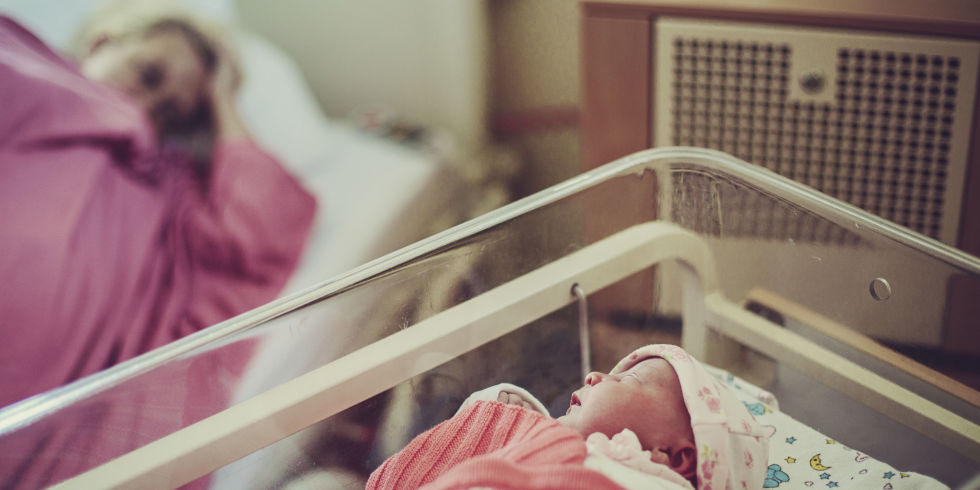Your newborn is the centre of your world, and as a parent, you will be responsible for his or her care, 24 hours per day. Even when your baby is asleep you may worry about how safe they are, one of the many reasons why parents often opt for a hospital grade bassinet with clear sides to make life easier for them.
Sleeping risks include the likes of sudden unexpected death in infancy (SUDI and other SIDS (sudden infant death syndrome) and other fatal sleeping accidents). Parents must be ever watchful that they avoid instances where your baby can be exposed to such risks. These include the likes of smoking during pregnancy or afterbirth; baby’s sleeping habits where he/she sleeps on tummy or side or baby sleeping on surfaces that are soft and could suffocate such as soft mattresses, woollen blankets, pillows. Another very important to thing to note is the baby being covered by items that can pose accident suffocation or overheating such as baby’s face and head being covered by a blanket.
In order to provide safe sleeping options for your newborn as well as make sure that you have peace of mind when you get some shuteye, here are some safe sleeping tips to follow.
- Make sure your baby sleeps on his/her back– Having your baby sleep on his/her back is the safest and healthiest choice of sleeping position for a newborn. If you have concerns of your baby choking on vomit, you should be aware that they are less likely to vomit when sleeping on their back as opposed to their sides/tummy.
- Make sure your baby’s head is not covered while they are asleep- Swaddling your baby is the safest option ensuring that their feet and arms are tucked in and they are comfortable.
- Utilise a cot/bassinet that meets Australian Safety Standards – Make sure that the cot you purchase adheres to safety standards, which ensures that they do not include lead paint and other safety hazards where a baby or child could get hurt. Cots that adhere to these standards will be tagged with labels including AS/NZS 2172:2003for cots and AS/NZS 2195:1999 for portable cots. However, if you have concerns about getting a cot during the first couple of months, simply hire a hospital grade bassinet to make co-sleeping and day-to-day life easier for you as they are compact, portable (wheeled from room to room) and can be used for multiple purposes – sleeping, changing and bathing. These hospital grade bassinets are ideal for safe sleeping until the time your baby can roll over on their own or even sit up.
- Share the same sleep environment- Sharing the same sleeping environment or co-sleeping is often recommended for the first six to twelve months of your baby’s life. Pairing this up with a hospital grade bassinet will make your life easier as you can see through the clear sides.
- Avoid soft materials in the cot/bassinet– Having items such as soft blankets with woollen textures, cot bumpers, small pillows, doonas, soft toys or even soft mattresses in the cot or bassinet can pose a safety risk for your baby. To ensure safe sleeping also make sure that you have a well-fixed mattress without gaps that your baby could get into.


